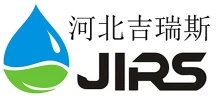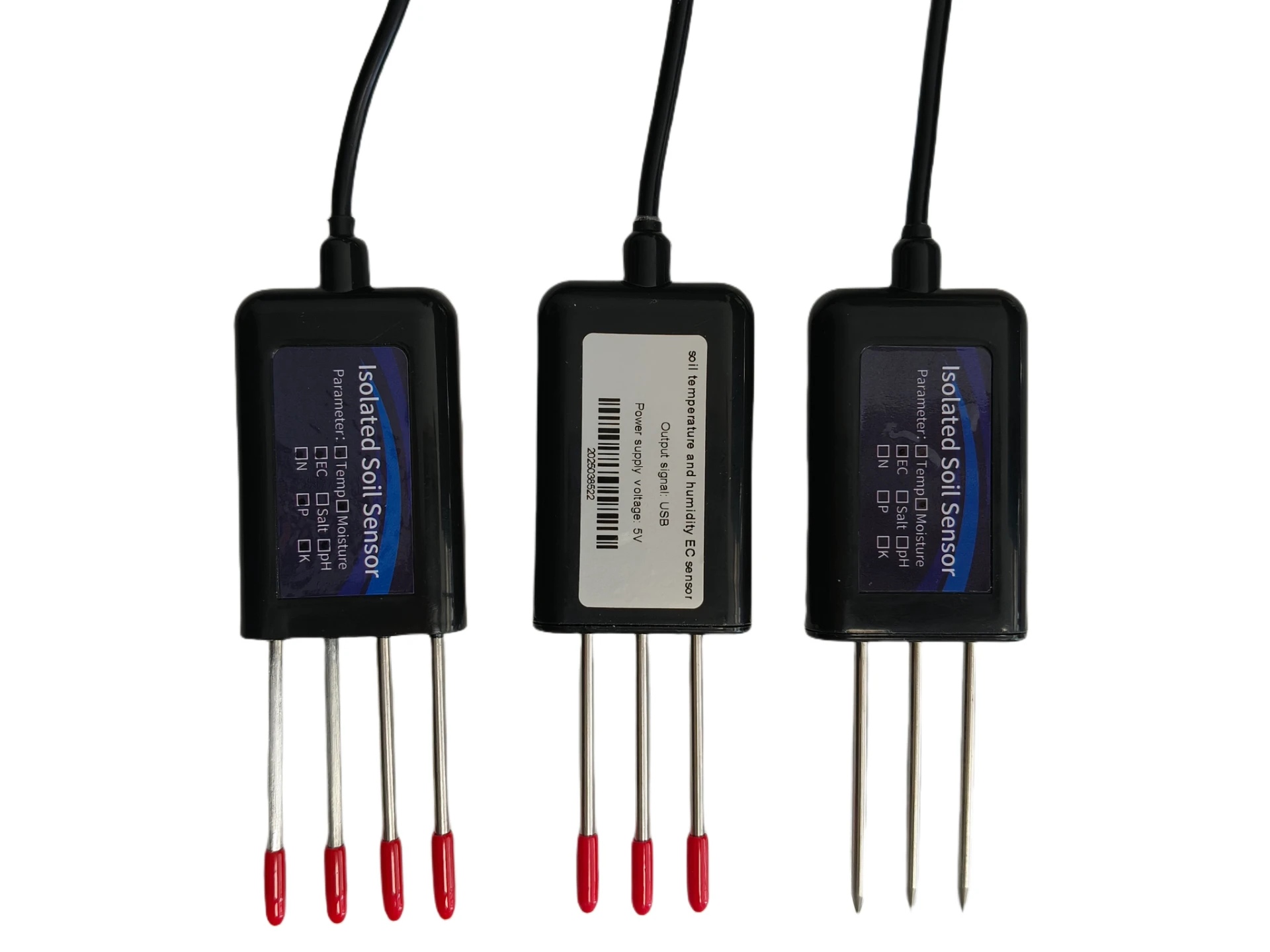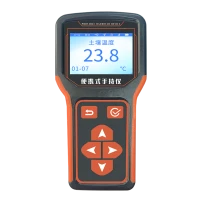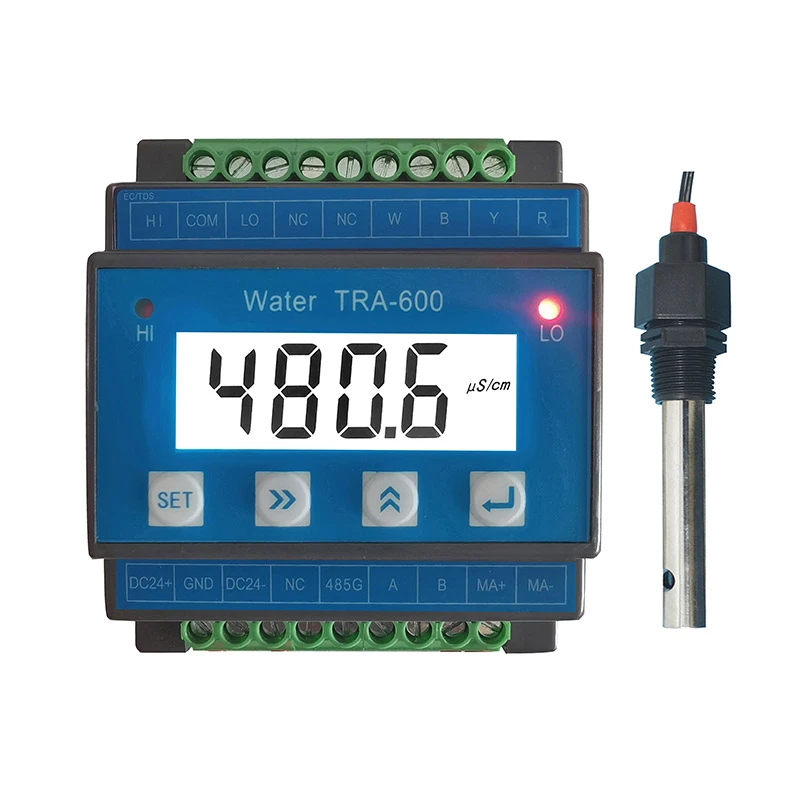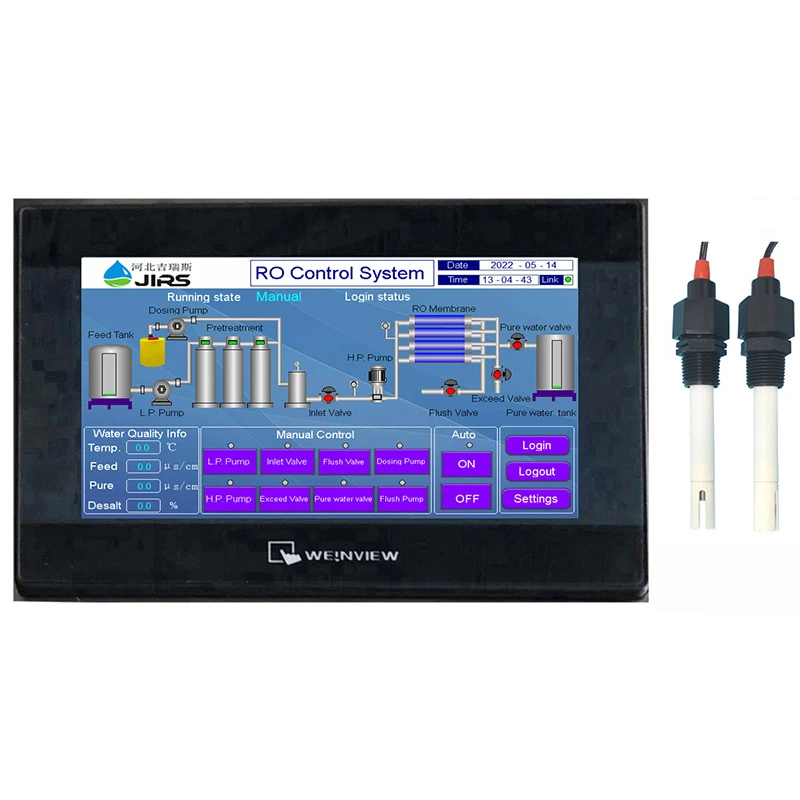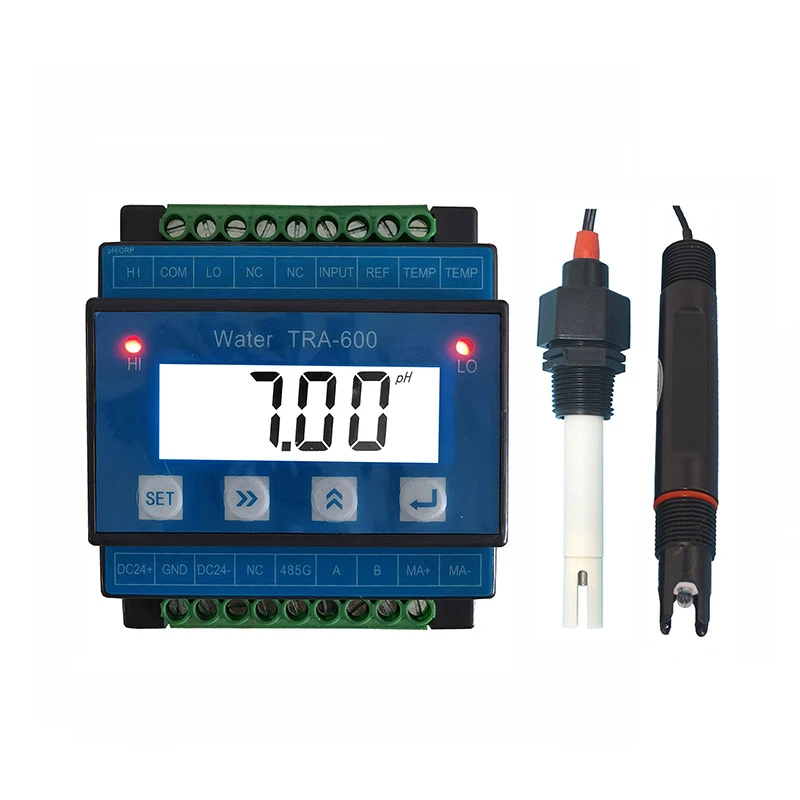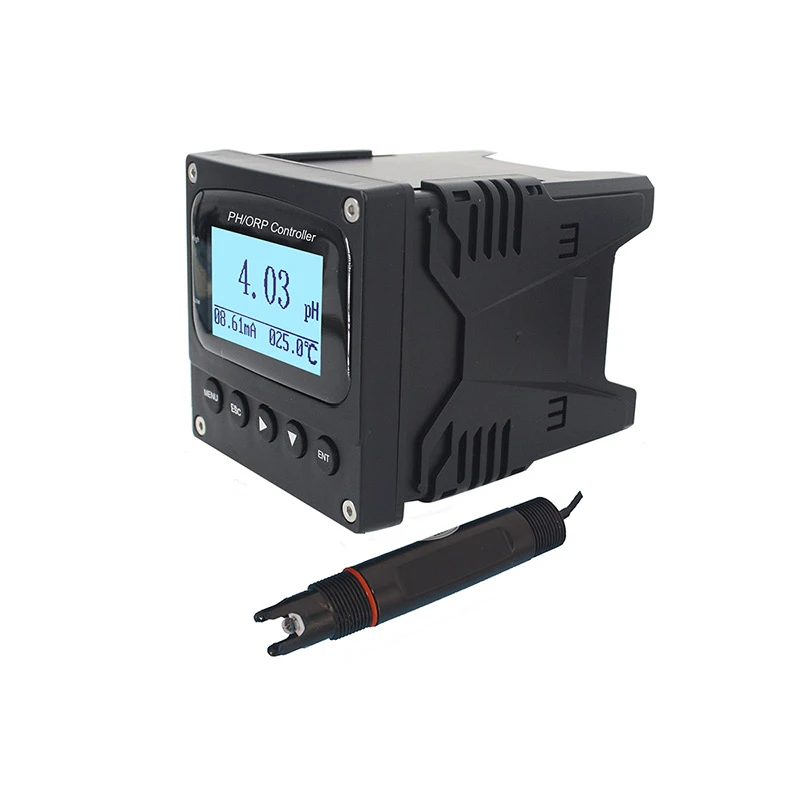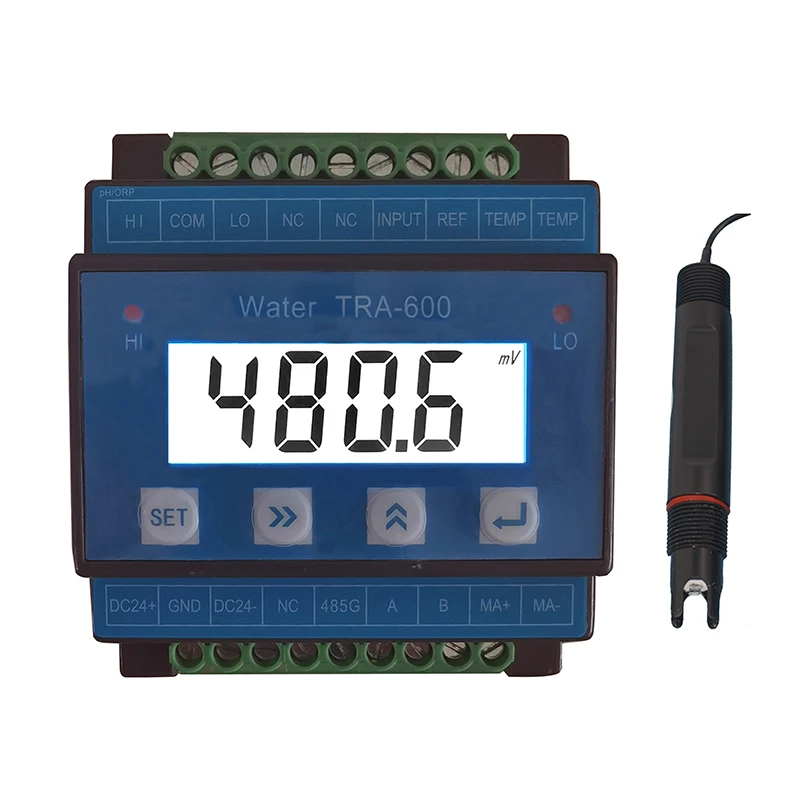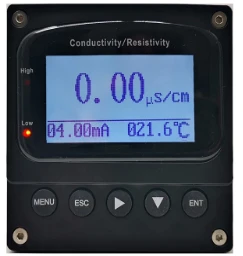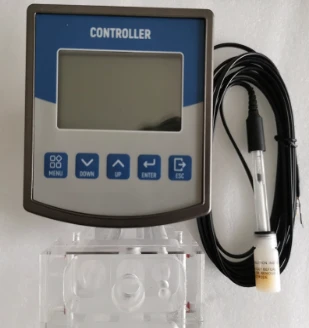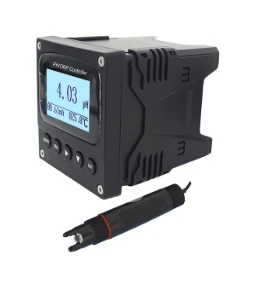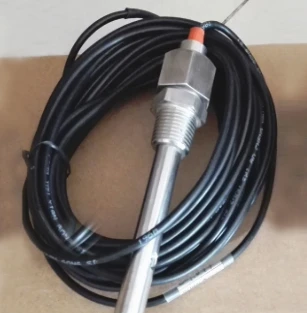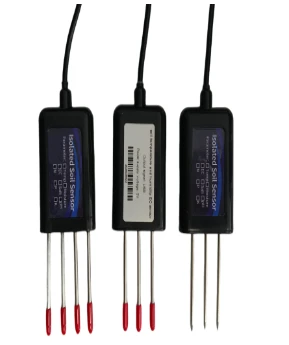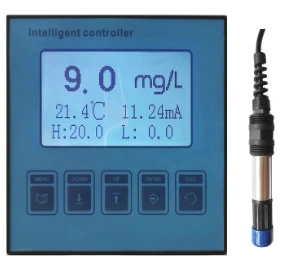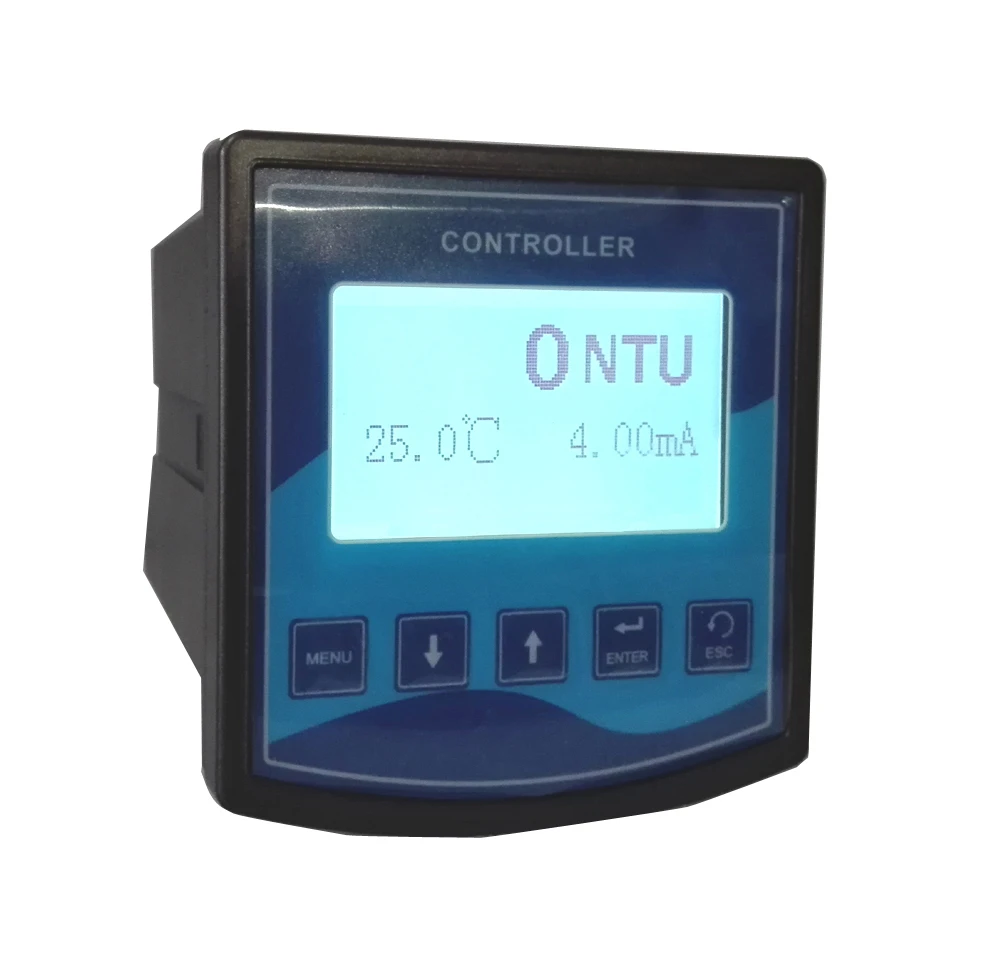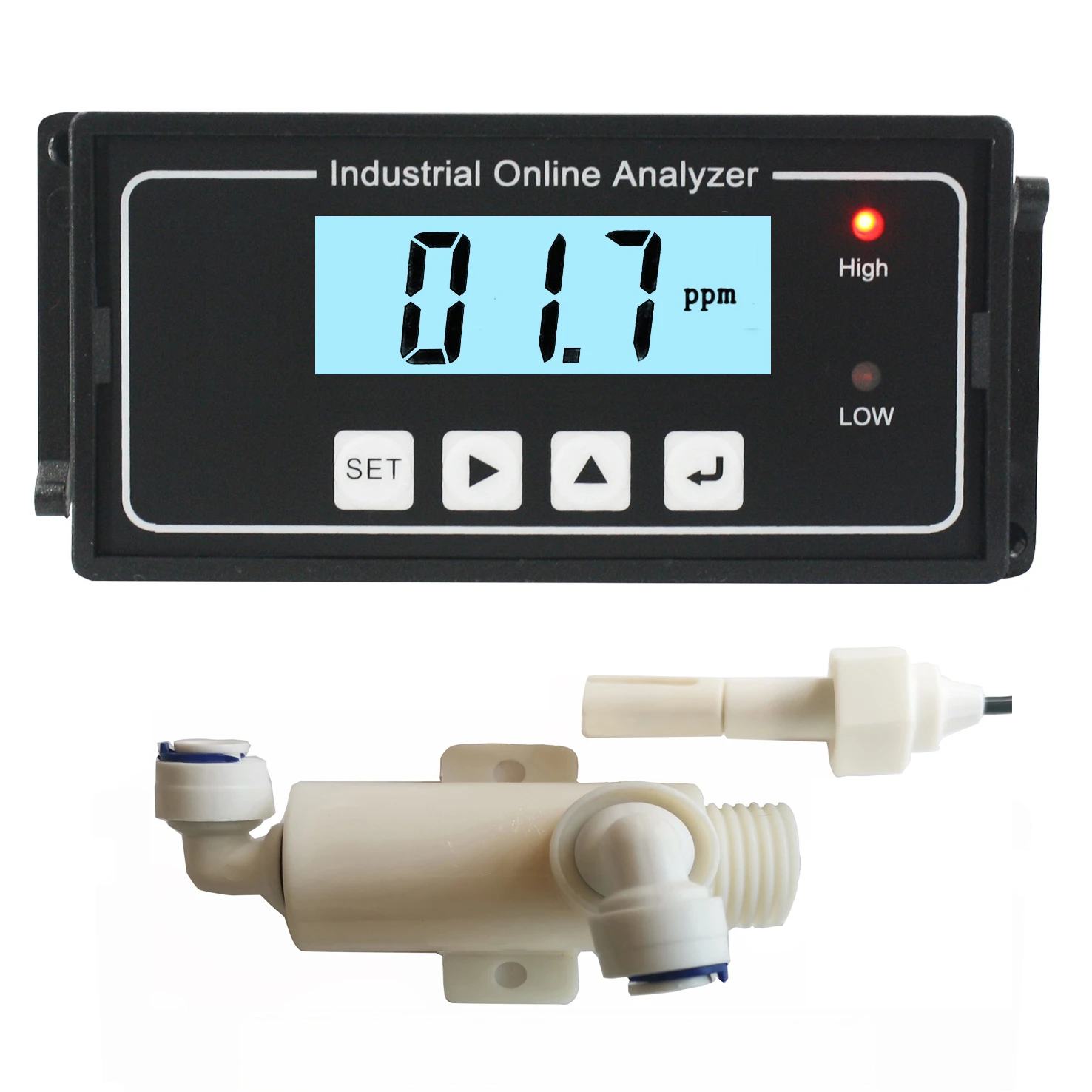As industries demand increasingly accurate, durable, and reliable conductivity measurement under harsh, high-temperature conditions, the CR-102H sensor has emerged as a preferred solution for petrochemical, metallurgy, and water treatment sectors. This in-depth technical review analyzes the latest trends, detailed specs, manufacturing processes, competitive landscape, and real-world performance of the CR-102H. Get a comprehensive understanding backed by industry data and authoritative standards.
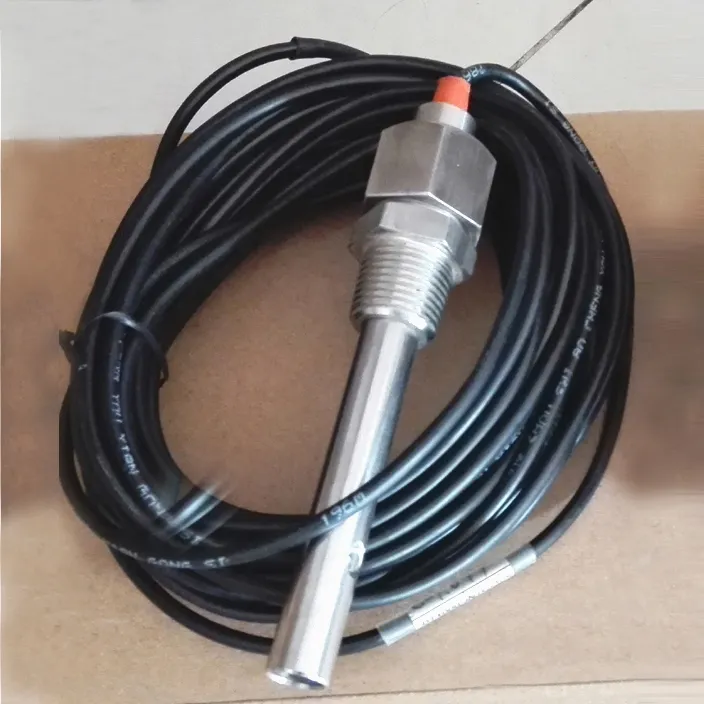
Industry Trends: High-Temperature Conductivity Sensors in a Data-Driven Era
- Global Market Growth: The conductivity sensor market is expected to reach USD 1.6 billion by 2028 at a CAGR of 8.9% (MarketsandMarkets, 2023), with high-temperature segments (>120°C) growing fastest.
- Key Demand Drivers: Stringent water quality standards (ISO 3696:2022), high-efficiency process control, and corrosion resistance in harsh environments.
- Technological Evolution: Increased adoption of advanced alloys, CNC manufacturing, and intelligent digital interfaces.
Technical Specifications — CR-102H Parameter Table (2024)
| Parameter | Specification | Standard/Reference |
|---|---|---|
| Product Model | CR-102H | — |
| Measurement Principle | 2-Electrode (Conductometric) | ANSI/ISA-75.05.01 |
| Cell Constant (K) | 0.1 / 1.0 / 10.0 cm-1 (selectable) | DIN EN 27888 |
| Temperature Range | -20°C to +180°C (operational) | ISO 7609:2023 |
| Pressure Rating | Max. 10 bar @ 25°C | ANSI B16.5 |
| Body Material | 316L Stainless Steel / Hastelloy C / PTFE | ASTM A240, ISO 15156 |
| Response Time (T90) | <3s | IEC 60746-1 |
| Signal Output | 4-20mA / RS485 Modbus | IEC 61131 |
| Ingress Protection | IP68 | IEC 60529 |
| Accuracy | ±1.0% FS (@25°C) | ISO 7888 |
| Electrode Surface Area | 6.8 cm² | Factory Calibrated |
| Service Life | >5 years (in neutral/alkaline media) | Tested by 18,000h ISO Accelerated Aging |
Manufacturing Process of CR-102H: Step-by-Step Overview
- Raw Material Selection 316L Stainless Steel, Hastelloy-C, PTFE certify chemical composition per ASTM/ISO.
- Precision Machining (CNC) Electrodes & body parts CNC-milled for ±0.01mm tolerance.
- Welding/Sealing Automatic argon arc welding for leak-proof joins; PTFE overmolding for chemical isolation.
- Surface Finishing Mirror polish (Ra<0.5μm), anti-fouling coating per ISO 22196.
- Assembly Micro-soldered signal contacts and multi-step quality inspection.
- Calibration & Testing Factory calibration using certified KCl solutions (NIST-traceable); High-temp and pressure cycling (ISO 7609).
- Certification & Packing IP68 test, engraved serial tracking, anti-static packaging.
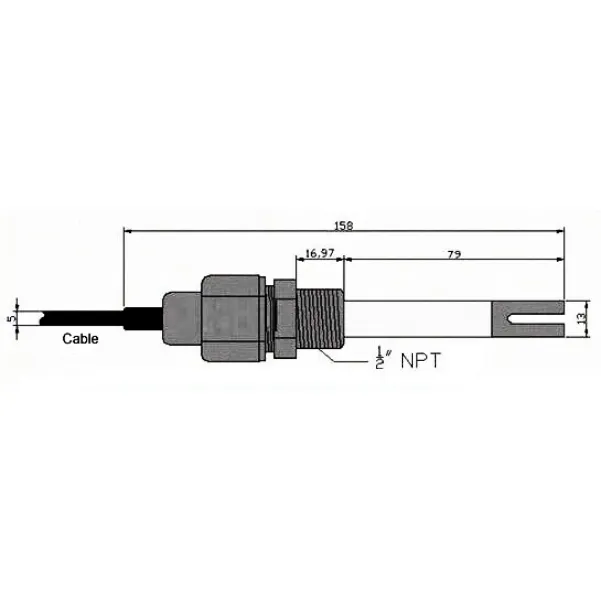
- All sensors comply with ISO 7609:2023 accelerated aging, ANSI B16.5 pressure standards, and EN 27888 calibration.
- Product traceability with serialized laser etching for audit compliance.
- Third-party material and performance tests available on request (SGS, TÜV reports).
Competitive Analysis — CR-102H vs Major Brands
| Product | Max Temp | Material | Cell Constant | Pressure | Output | Ingress Rating | Warranty |
|---|---|---|---|---|---|---|---|
| CR-102H | 180°C | 316L/ Hastelloy C / PTFE | 0.1/1/10 cm-1 | 10 bar | 4-20mA / RS485 | IP68 | 5 Years |
| Competitor A (E+H CLS54D) | 135°C | 316L/Plastic | 0.1/1 cm-1 | 13 bar | 4-20mA / Digital | IP68 | 2 Years |
| Competitor B (Hamilton Conducell) | 160°C | 316L/PTFE | 0.1/1 cm-1 | 10 bar | 4-20mA | IP67 | 3 Years |
| Competitor C (Yokogawa SC42-SP34) | 150°C | 316L | 0.1/1 cm-1 | 12 bar | 4-20mA | IP65 | 3 Years |
Finding: The CR-102H has overtaken major international rivals in several East Asian and Middle Eastern petrochemical installations since 2022, citing its superior temperature range and extended warranty.
Industry Feedback: ISO 7609-compliant life cycle tests demonstrated a 23% longer service interval before recalibration compared to leading European brands.
Custom Solutions & Industry Applications
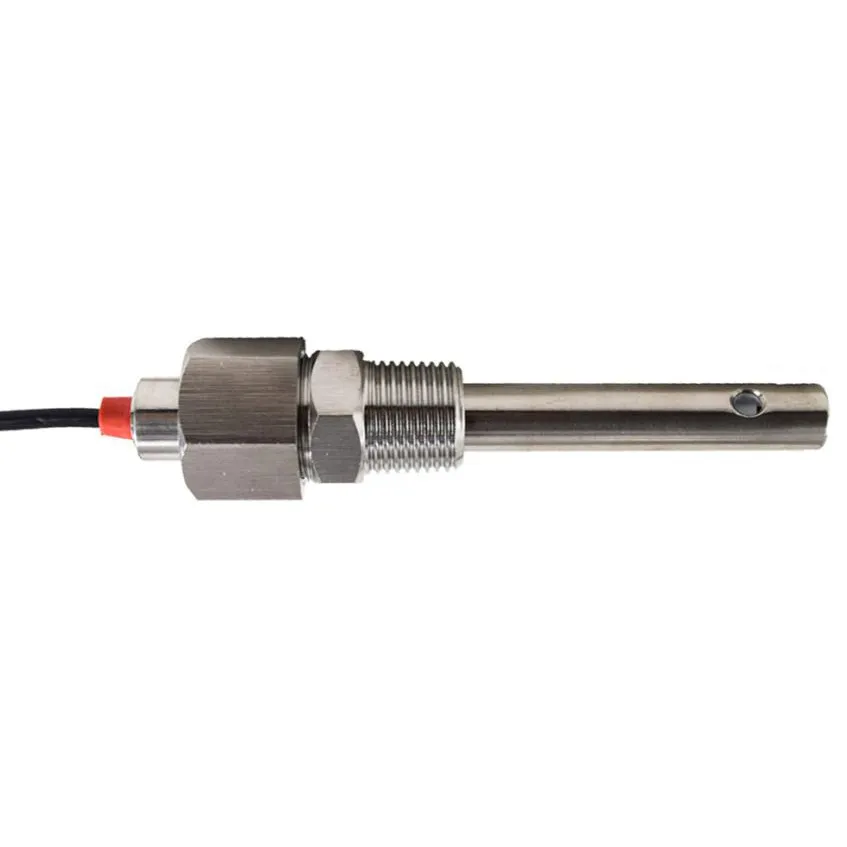
- Piping Adaptation: Threaded, flanged, or clamp-on assemblies per ANSI B16.5/BSP/NPT standards.
- Material Customization: Options for Hastelloy-C electrodes, PFA encapsulation for corrosive media, sanitary configurations.
- Digital Integration: Optional HART/Profibus/Modbus digital output for smart plant networks.
- Temperature/Pressure Reinforcement: Double PTFE seals for vapor environments; high-pressure options up to 16 bar.
- Energy Saving: CR-102H design reduces thermal drift, ensuring traceable outputs even at 180°C.
- Corrosion Resistance: Advanced alloys and PTFE encapsulation ensure excellent performance in highly acidic/alkaline brines.
- Reduced Maintenance: Extended cleaning intervals thanks to anti-fouling surface & self-diagnosis.
FAQ — Professional Explanations of Key Terms & Standards
Delivery, Quality Assurance, and Customer Support
- Lead Time: Standard deliveries within 2-4 weeks; customized assemblies within 3-6 weeks depending on configuration and region.
- Warranty: 5 years for CR-102H, with full replacement for material/manufacturing defects (contract details available on request).
- Certification: Each sensor shipped with ISO/CE/SGS test certificates, calibration data sheet, inspection report, and user manual.
- Customer Support: 24/7 hotline, multilingual email/ticket system, on-site commissioning, annual training webinars.
- Documentation: Complete drawings, process manuals, and digital integration SDKs available.
Control Global — Advances in Conductivity Measurement
Water Online: Choosing Conductivity Sensors for Harsh Process Conditions
All About Circuits Forum: High Temp Sensor Installations
Proc. IMechE, Part E, "Performance Testing of High-Temperature Conductivity Sensors"
CHE-ENG: Petrochemical Conductivity Analysis (2023 Report)
